Whether you’re a complete beginner or a veteran PC expert who wants to catch up on your hardware knowledge, our dedicated ‘Anatomy Of’ series is just for you. We’ve crafted this in-depth range of articles to highlight what goes into all the important PC components.
In this blog post, we’ll be covering RAM.
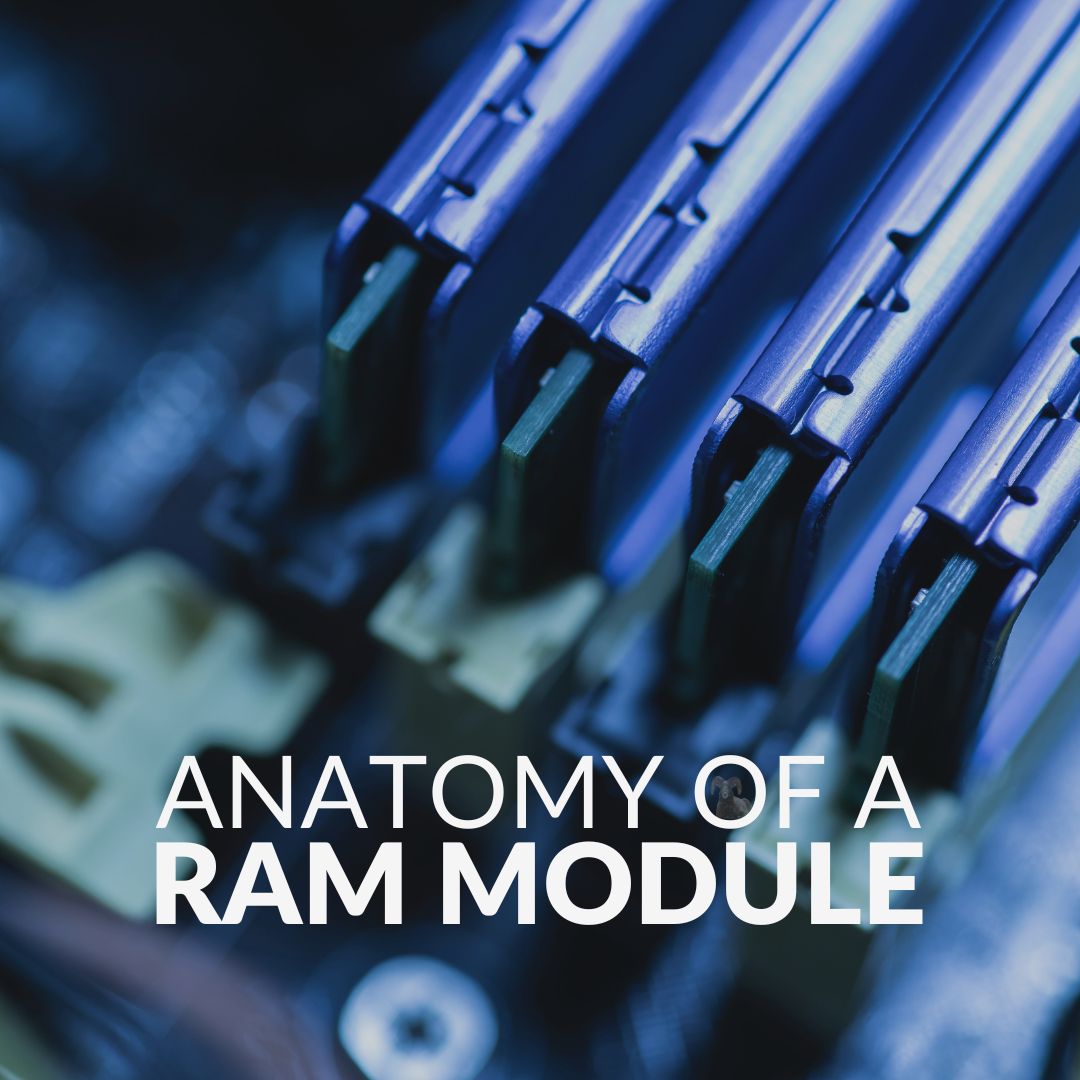

What is RAM?
To keep it simple, RAM, or Random Access Memory, is a form of volatile memory. It is typically responsible for temporarily storing and processing data as and when the CPU needs it.
As a form of volatile memory, data is only stored while your PC is turned on. Once it’s turned off, all the data is lost. There are multiple different form factors of RAM, this includes:
- SO-DIMM – Typically used in laptops, small PCs, or home theatre set ups.
- DIMM – Most common form factor. Primarily used in desktop PCs.
RAM Standards
There are multiple different standards of RAM, including:
The latest standards are DDR4 and DDR5 – but what’s the difference between them?
DDR4 is the fourth generation and features a higher bandwidth, data integrity, and capacity compared to previous generations. Alternatively, DDR5 is the fifth generation and has double the capacity and density again, along with reduced power consumption. This makes it more efficient whilst boasting ultra-fast speeds.
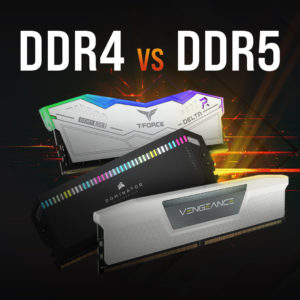
You can read more about the differences between DDR4 and DDR5 RAM in our dedicated blog.
RAM Configurations
RAM configuration refers to the number of DIMM slots being taken up on your motherboard. There are four main configurations:
- Single – Uses only one module.
- Dual – Uses two modules.
- Quad – Uses four modules.
- Octo – Uses eight modules.
What type of configuration you go for, all depends on what you use your PC for. For example, if you are gaming, you’ll need a dual or quad-channel configuration, with a capacity of at least 16GB. However, for streaming, content creation, and other intensive applications, we recommend at least a quad or octo-channel, since this means more of your data is processed simultaneously, helping to ensure seamless multitasking and fast speeds.
AMD EXPO
AMD EXPO is a brand-new RAM technology that has been designed to work alongside the latest generation of hardware, especially the AMD Ryzen 7000 Series processors. Only available on the DDR5 standard, EXPO is AMD’s own branded alternative to Intel XMP, allowing for high-speed memory overclocking.
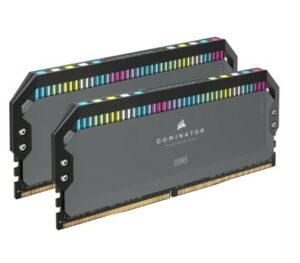
Corsair Dominator Platinum RPG EXPO 64GB (2X32GB) DDR5 Dual-Channel Kit:
- 64GB ( 2 X 32GB) capacity
- DDR5 standard
- Dedicated AMD EXPO kit
- Up to 5200MHz speed
Our in-depth AMD EXPO guide has all the information you need on this brand-new technology, including how to use it.
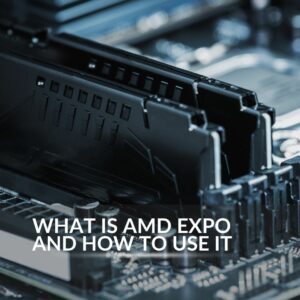
RAM Components
Whilst there may be multiple different form factors, configurations, and built-in technologies, the core components of a RAM module stay the same.
Circuit Board:
The circuit board is where the main components of RAM are soldered, all of which are connected via the integrated circuit. This ensures they can effectively communicate with each other and your CPU.
Mode Register:
The mode register is a dedicated chip built into the circuit, responsible for basic device operation. This includes the CAS latency as well as burst length and type.
Memory Banks:
This is where the actual onboard memory modules are stored. In most modern-day RAM modules, there are typically two or more memory banks. This means one is always accessible, whilst the other is being pre-charged, which effectively reduces any latency to improve data transfer rates.
SPD Chip:
The SPD chip or serial presence detects, holds all the information about the memory type, size, speed, and access time.
Contact Pins:
Each RAM module will have a series of contact pins along one side of the stick. These pins connect to the DIMM slot(s) on your motherboard to allow the RAM module to communicate with your hardware.
Heat Spreader:
A fundamental part of any RAM module is the exterior heat spreader. This effectively draws and spreads any excess heat to help keep temperatures down to a minimum to avoid overheating and performance loss.
Shop all Our RAM Kits
If your PC is in desperate need of a RAM upgrade, here are our top recommended dual, quad, and octo-channel kits below.

TeamGroup Vulcan 16GB (2 X 8GB) DDR5 Dual-Channel Kit:
- 16GB (2 x 8GB) capacity
- DDR5 standard
- Dual-channel configuration
- 52000MHz

Corsair Vengeance RGB Pro 128GB (4x32GB) DDR4 Quad-Channel Kit:
- 128GB (4 x 32GB) capacity
- DDR4 standard
- Quad-channel configuration
- 3600MHz

Lexar Hades 16GB (2 x 8GB) DDR4 RGB Dual/Quad-Channel RAM Kit:
- 16GB (2 x 8GB) capacity
- DDR4 standard
- Dual/Quad-channel configuration
- 3600MHz
Alternatively, you can shop the entire range of our RAM kits by clicking the button below.
Level Up Your PC Hardware Anatomy Knowledge!
You can make sure your PC hardware anatomy knowledge is up to speed, thanks to all the other articles in our dedicated series. Check out some of the others linked below.
Anatomy of a Motherboard
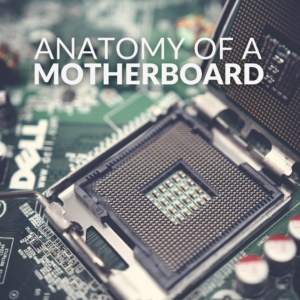
Anatomy of a GPU
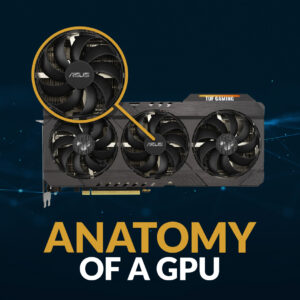
Anatomy of a Mini-ITX PC


Love your anatomy of the RAM but would like to get a description that brings the image in mind. This was really helpful with my project though
Glad we could help on your project! 🙂